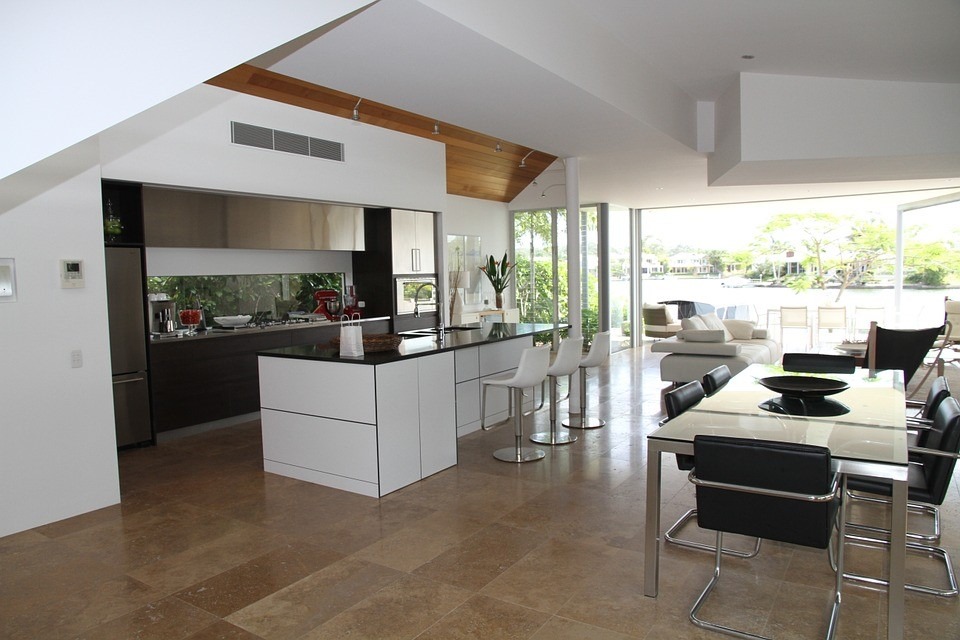You may have heard of waterproof flooring numerous times, but you are unsure what the phrase entails. What exactly do you get when you have a waterproof coating for your floor? How resistant is it to water? How long will it last? If you are still in the process of having your floor made or renovated, consider the following points.
Characteristics of waterproof flooring
Essentially, being waterproof means something that prevents water from seeping into it. The phrase is often interchangeably used with “water resistance”. Flooring experts, however, say that they are different. The former entails the ability to withstand water exposure without getting damaged and without letting water seep through. The latter is only slightly better than not being waterproof. This means that a water-resistant floor can get wet and not shrink or yield to damage, but it may not be as easy to clean as waterproof flooring. Also, it is unlikely to last as long. Wooden floors can be water resistant (after a special coating is applied to them) but they may not be considered truly waterproof.
Ask a professional if you need to learn more about webpage
Inherently waterproof floors vs waterproof coating
The term waterproof can be used in different ways by floor sellers. That’s why it’s important to ask questions. Carpet flooring is obviously not waterproof. Wooden floors also don’t qualify as such. On the other hand, vinyl, stone, terrazzo, glass, and ceramic tiles are known to be waterproof materials. However, you might be surprised to find companies that advertise waterproofing solutions for ceramic or stone flooring. What exactly are they trying to sell? Does this mean that ceramic tiles can be waterproof or non-waterproof?
Again, it’s a matter of how companies market their products. In most cases, waterproofing refers to the addition of a new coat on a floor to fill gaps, uneven surfaces, and cracks that can let water seep in. Stone, glass, marble, and ceramic tiles may be inherently waterproof (not damaged after water exposure) but the way they are installed may not be suitable for the term. They may have crevices that allow water to pass through and stay underneath the material for some time. Liquid seepages into the floor may not have immediate adverse effects, but they can gradually weaken the adhesion of the tiles to the subfloor. Additionally, trapped water in between crevices can make it difficult to clean the floors, resulting in odors and hard to remove stains.
In general, a truly waterproof floor is one that is made of an inherently water-averse material and applied with a waterproofing coat. Logically, you can’t make a waterproof floor out of a carpet. You might be able to spray a hydrophobic solution onto the carpet strands to make them water-resistant, but you can’t prevent water from going into the subfloor. Water will eventually damage the carpet and the floor beneath it. Similarly, you can coat a floor with a water-resisting compound, but it can’t make it comparable to a ceramic floor applied with waterproofing.

